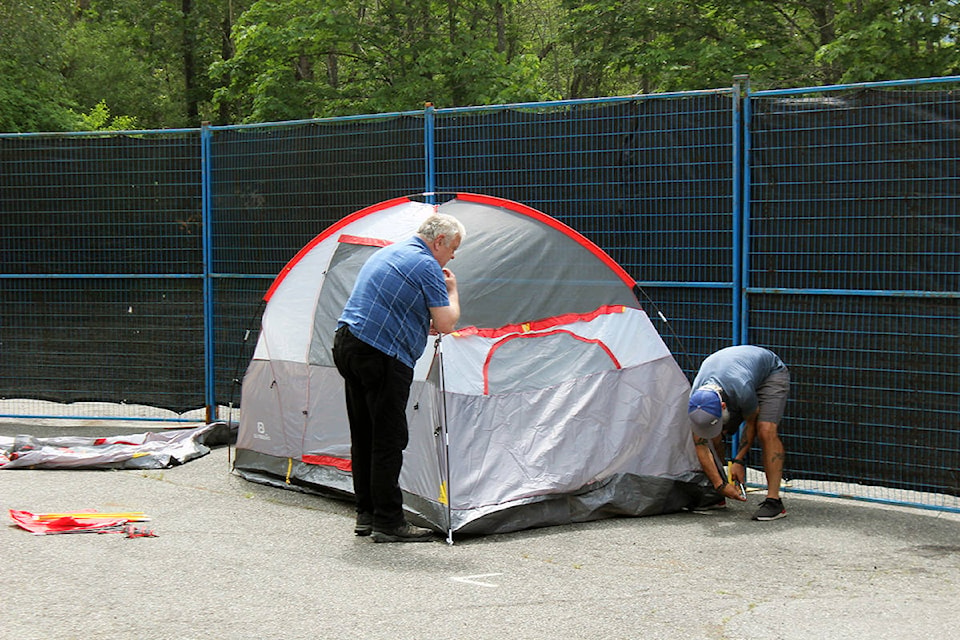Progress is never as fast as some would like, but we’re moving in the right direction.
COVID-19 has been good for one thing: it has expedited both organization and money to get the homeless off the streets of our communities and into some kind of shelter.
The initial homeless tent camps and hotel rooms that were put into use last year were a good first step, giving homeless folks a consistent place to lay their heads where they could stay dry and out of the worst of the weather. No longer were people left to their own devices to maybe string a tarp between a couple of bushes in an area of brush off the beaten path, or to huddle in the doorway of a business.
RELATED: Cabins going in at tenting sites for homeless in Duncan
RELATED: Early morning fire claims one shelter at Greater Victoria homeless camp
No doubt organizing people into the tent camps or hotel rooms also helped to make meaningful contact with these people and help to quantify just how many individuals are in the most dire need of housing in our communities.
Over time, many have been moved into buildings, leaving few of the original tenting sites still in operation. Now, with the advent of winter, more money has been secured to build small cabins to replace tents. This is another good step for those who have been weathering our winter storms sheltered by nothing but canvas and nylon.
The real light at the end of the tunnel are the supportive housing developments that are on the way that will provide more permanent shelter, along with opportunities to help rebuild lives.
This Housing First model can only help.
There have always been a certain number of homeless people in our communities. But there is no doubt that the problem has exploded in recent years. This has been a blight not only on the lives of those who have found themselves living on the street, but also for those of us who live alongside them.
The goal is threefold: give people basic permanent shelter; offer supports that address what led to them living on the streets, whether that is simply the loss of a job or a more pernicious mental health or addiction issue; and transition people, back on their feet, into regular life.
Realistically, some people will continue to need lifelong support and will not transition out. But the calculation is this: would you rather trip over that person on the sidewalk in front of your home or business or know that they have a place to call home?
For more news from Vancouver Island and beyond delivered daily into your inbox, please click here.
